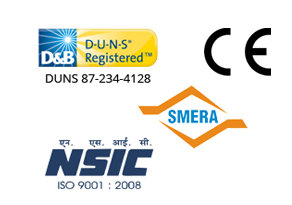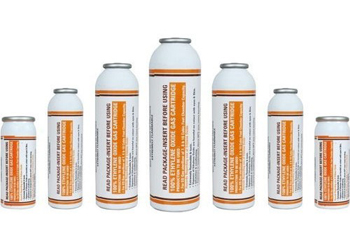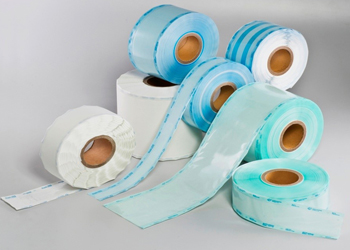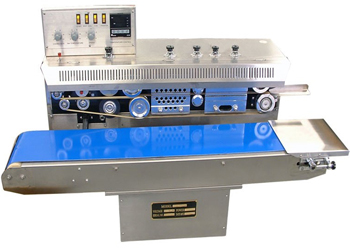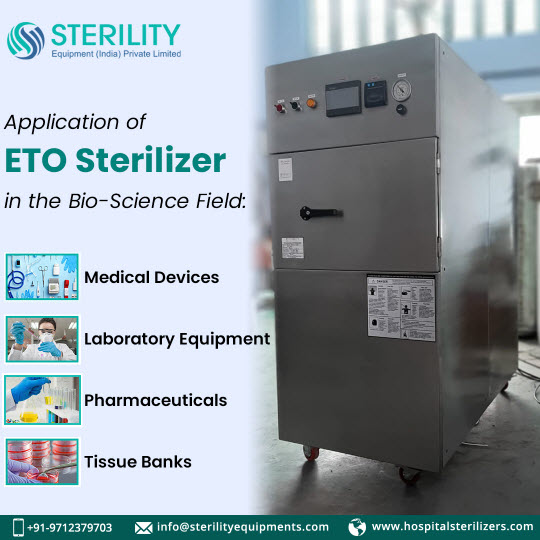Sterilization is an imperative procedure applied in numerous industries, including healthcare, food, and pharmaceuticals. In order to accomplish this objective, Ethylene Oxide (ETO) sterilization is extensively implemented. This method has demonstrated its reliability and effectiveness in eradicating all types of microorganisms that may pose a threat. However, even with proper handling, ETO sterilization processes may face some issues that could affect their effectiveness. In this article, we will discuss the common issues in ETO sterilization processes and techniques to troubleshoot them.
What is ETO Sterilization?
The application of Ethylene Oxide (ETO) sterilization has become a widespread and popular technique utilized in the sterilization process of an assortment of commodities, specifically medical devices and pharmaceuticals. This procedure is well-established and trusted for its ability to eliminate microorganisms and prevent the spread of harmful pathogens. It involves exposing the product to a mixture of ETO and other gases under controlled conditions.
Why is ETO Sterilization Important?
Sterilization stands as an indispensable procedure that upholds the integrity, soundness, and efficacy of an array of commodities, such as medical apparatuses, drugs, and sundry other products. Ethylene Oxide (ETO) sterilization is notably powerful in eliminating a diverse range of microorganisms, including bacteria, viruses, and spores.
What are the Benefits of ETO Sterilization?
- Effective against a wide range of microorganisms
- Suitable for heat-sensitive and moisture-sensitive products
- Can penetrate narrow channels and small spaces
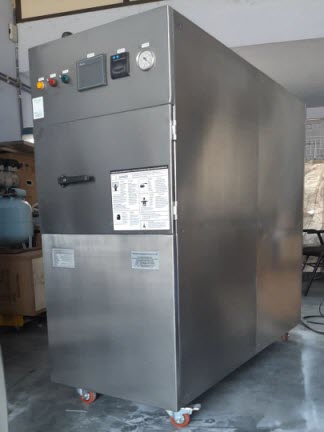
Common Issues in ETO Sterilization Processes
1. Inadequate Sterilization
Possible causes for inadequate sterilization:
- Incorrect parameters such as temperature, humidity, and pressure
- Inconsistent gas concentration
- Inadequate exposure time
- Poor distribution of the gas within the chamber
Troubleshooting techniques for inadequate sterilization:
- Ensure that the sterilization parameters are correctly set and monitored
- Validate the sterilization cycle using biological indicators
- Check the distribution of the gas within the chamber
- Optimize the process parameters for better effectiveness
2. Residual ETO
Possible causes for residual ETO
- Incomplete removal of ETO from the product
- Inadequate aeration time
- Poorly ventilated aeration area
Troubleshooting techniques for residual ETO
- Increase the aeration time to ensure complete removal of ETO
- Use an efficient aeration area with proper ventilation
- Validate the aeration process to ensure complete removal of ETO
3. Material Compatibility
Possible causes for material compatibility
- The product is not compatible with ETO sterilization
- Inappropriate packaging material
- Incorrect loading configuration
Troubleshooting techniques for material compatibility
- Review the material compatibility of the product
- Ensure the packaging material is appropriate for ETO sterilization
- Verify the loading configuration to ensure optimal gas penetration
4. Environmental Factors
Possible Causes for Environmental Factors
- Humidity and temperature conditions outside the specified range
- Contamination of the sterilization area
- Poor ventilation in the sterilization area
Troubleshooting Techniques for Environmental Factors
- Ensure the humidity and temperature conditions are within the specified range
- Maintain a clean and sterile sterilization area
- Ensure proper ventilation in the sterilization area
5. Equipment Failure
Possible Causes for Equipment Failure
- Malfunctioning of the sterilization equipment
- Poor maintenance of the equipment
- Inadequate calibration of the equipment
Troubleshooting Techniques for Equipment Failure
- Conduct regular maintenance and calibration of the equipment
- Ensure proper functioning of the equipment before use
- Implement a preventive maintenance program for the equipment.
Ethylene Oxide (ETO) sterilization plays a pivotal role in numerous industries, and it is vital to guarantee its precise execution to safeguard the quality of the product and ensure the safety of patients. By understanding the common issues that may arise in ETO sterilization processes and knowing how to troubleshoot them effectively, you can optimize your sterilization process and ensure its effectiveness. Use process optimization, analytical testing, and validation techniques to achieve maximum efficiency, effectiveness, and regulatory compliance in your ETO sterilization process.
Frequently Asked Questions
1. What is ETO sterilization, and why is it important?
A. ETO sterilization is a widely used technique in the sterilization process, particularly for medical devices and pharmaceuticals. It involves exposing products to a mixture of Ethylene Oxide (ETO) and other gases under controlled conditions. ETO sterilization is important because it effectively eliminates a broad range of microorganisms, ensuring the integrity and safety of various commodities.
2. What are the benefits of ETO sterilization?
A. ETO sterilization offers several benefits, including:
- Effectiveness against a wide range of microorganisms, including bacteria, viruses, and spores.
- Suitable for heat-sensitive and moisture-sensitive products.
- The ability to penetrate narrow channels and small spaces.
3. What are the common issues in ETO sterilization processes?
A. The common issues in ETO sterilization processes include:
- Inadequate sterilization due to incorrect parameters, inconsistent gas concentration, inadequate exposure time, or poor distribution of gas within the chamber.
- Residual ETO remaining on the product due to incomplete removal or inadequate aeration.
- Material compatibility issues, where the product or packaging may not be suitable for ETO sterilization.
- Environmental factors such as humidity and temperature outside the specified range or contamination in the sterilization area.
- Equipment failure caused by malfunctioning, poor maintenance, or inadequate calibration of the sterilization equipment.
4. How can inadequate sterilization be troubleshooted?
To troubleshoot inadequate sterilization, you can:
- Ensure that sterilization parameters are correctly set and monitored.
- Validate the sterilization cycle using biological indicators.
- Check the distribution of gas within the chamber.
- Optimize process parameters for better effectiveness.
5. How can material compatibility issues be addressed in ETO sterilization?
A. To address material compatibility issues:
- Review the material compatibility of the product with ETO sterilization.
- Ensure the packaging material is appropriate for ETO sterilization.
- Verify the loading configuration to ensure optimal gas penetration.

